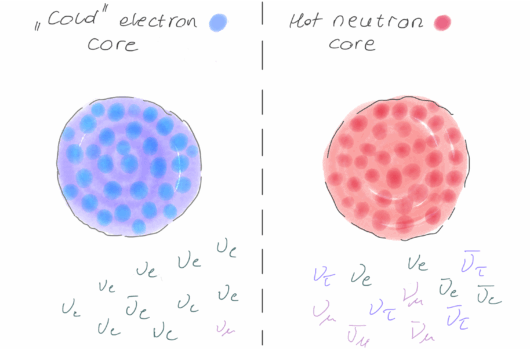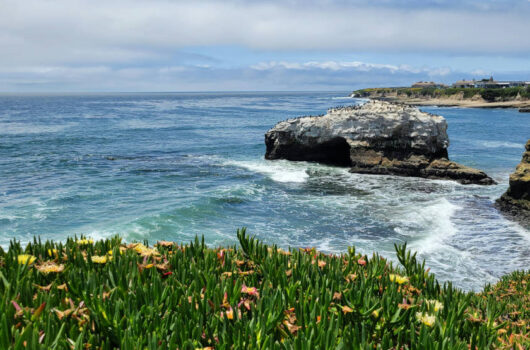Large and massive neutron stars: implications for the sound speed in dense QCD
Large and massive neutron stars: implications for the sound speed in dense QCD
View
Abstract
The NASA telescope NICER has recently measured x-ray emissions from the heaviest of the precisely known two-solar mass neutron stars, PSR J0740+6620. Analysis of the data [Miller et al., Astrophys. J. Lett. 918, L28 (2021); Riley et al., Astrophys. J. Lett. 918, L27 (2021)] suggests that PSR J0740+6620 has a radius in the range of ![]() km at the
km at the ![]() credibility level. In this article, we study the implications of this analysis for the sound speed in the high-density inner cores by using recent chiral effective field theory (
credibility level. In this article, we study the implications of this analysis for the sound speed in the high-density inner cores by using recent chiral effective field theory (![]() EFT) calculations of the equation of state at next-to-next-to-next-to-leading order to describe outer regions of the star at modest density. We find that the lower bound on the maximum speed of sound in the inner core,
EFT) calculations of the equation of state at next-to-next-to-next-to-leading order to describe outer regions of the star at modest density. We find that the lower bound on the maximum speed of sound in the inner core, ![]() , increases rapidly with the radius of massive neutron stars. If
, increases rapidly with the radius of massive neutron stars. If ![]() EFT remains an efficient expansion for nuclear interactions up to about twice the nuclear saturation density,
EFT remains an efficient expansion for nuclear interactions up to about twice the nuclear saturation density, ![]() km requires
km requires ![]() and
and ![]() at the
at the ![]() and
and ![]() credibility level, respectively.
credibility level, respectively.






